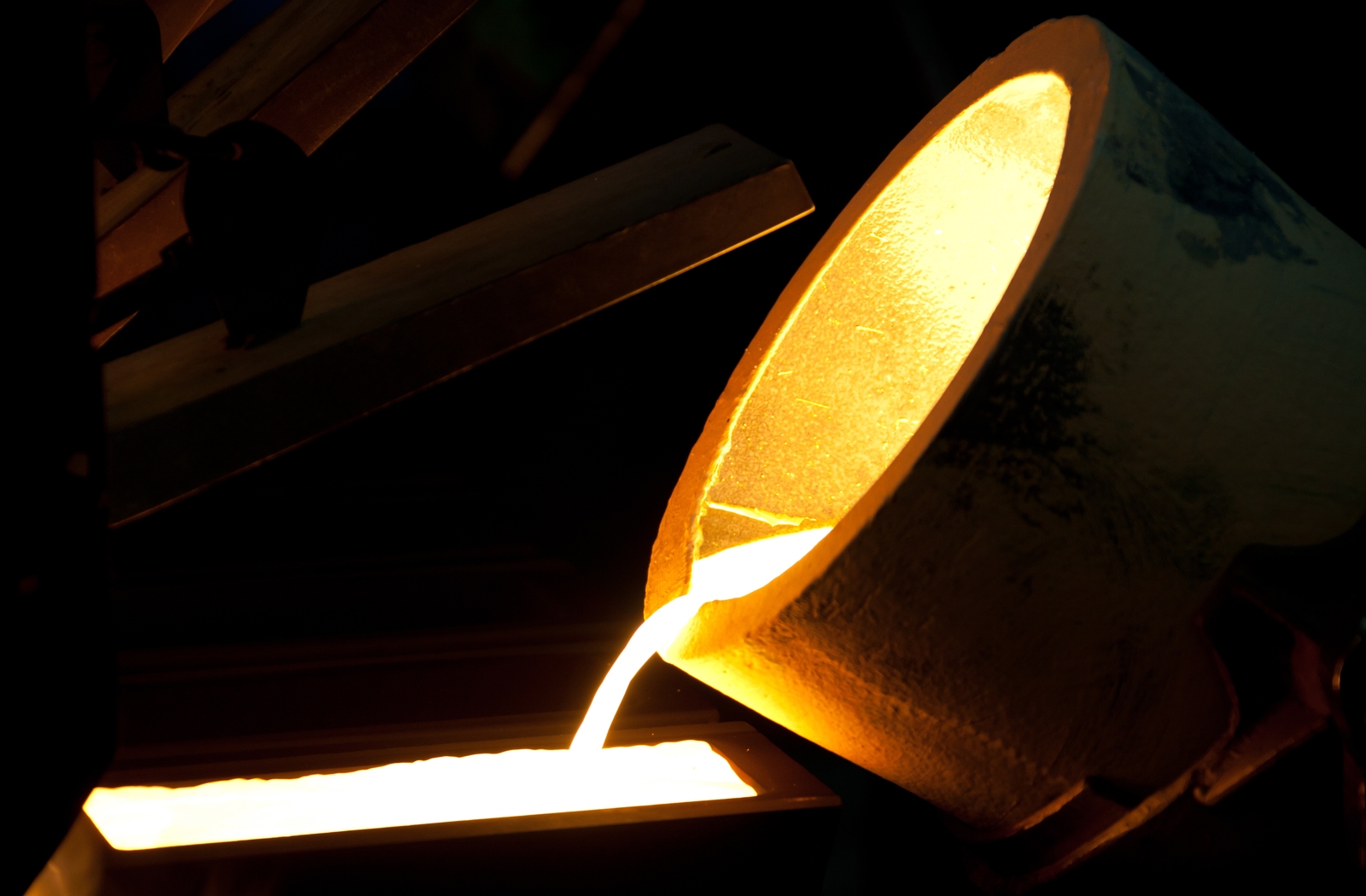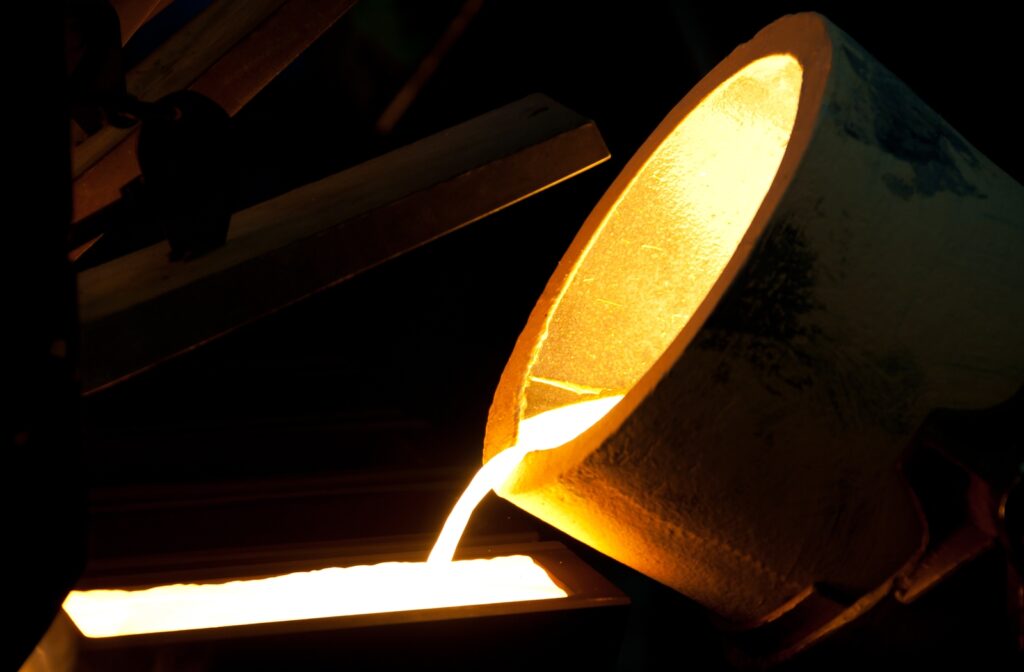Metals have many different uses in everyday life, from radiators to copper wiring. While many people know recycling is necessary, they don’t know how much of an impact it can have. Many daily products you use come from recycled metal.
Continue reading to learn more about scrap metal recycling, including what can be made from recycled metal.
Why Recycle Metal?
Metal is valuable because you can recycle it repeatedly without degrading its quality. It’s a circular process where metals are scrapped, melted down, reused, and brought back to be melted down again.
The reusability of metal makes recycling scrap metal more convenient than using raw materials from the ground. Manufacturing businesses can reduce their production costs by using recycled metal.
Besides being convenient, recycling metal is better for the environment. Recovering raw materials from the earth requires disruption of the ground to access metal. Reusing metal through recycling helps keep raw materials in the ground while preventing scrap metal from piling up in landfills.
Another benefit of recycling metal is that it consumes less energy. Taking raw metal from the earth requires machines for mining and refining, while recycling doesn’t.
Scrap metal is valuable, making recycling profitable if you have any metal around your work or home. You can help support the recycling process while making some extra money.
What Types of Metal Can Be Recycled?
Not all metals are the same when it comes to recycling. Your local scrap metal recycler has to separate metals according to their category. The scrap metal you bring in can be ferrous or non-ferrous.
Ferrous metals mainly consist of iron, making them magnetic. Some common types of ferrous metals include alloy steel, carbon steel, cast iron, and wrought iron. It’s easy to tell if a metal is ferrous or not by using a magnet against it.
Non-ferrous metals aren’t magnetic and are typically more malleable than ferrous metals. They’re some of the most common metals used in everyday life. Non-ferrous metals include:
- Aluminum
- Brass
- Copper
- Nickel alloys
- Stainless steel
- Carbide
Your local recycling centre can take your scrap, no matter what metal you have.
The Metal Recycling Process
The scrap metal you bring in goes through a multi-step process to become usable again. This process involves collection, sorting, processing, melting, purification, and more:
Collection
The scrap metal collection process involves gathering scrap metal from different locations. Many people bring their scrap metal to large recycling centres to sell for cash. Construction companies may have a bin where they store excess scrap metal to have recycled after the end of a planned job.
Sorting
Sorting involves separating metals from each other. Large recycling centres use magnets and sensors to help accurately sort materials, while others may manually sort scrap. A magnet can help determine whether scrap metal is ferrous (magnetic) or non-ferrous.
Processing
Processing scrap metal involves shredding it into smaller pieces to melt. Small scrap metal melts faster, helping use less energy during the recycling process.
Melting
The melting portion of the recycling process involves using a large furnace to melt scrap metal down. Melting scrap metal liquefies it, allowing the metal to become something new. This process may take a few minutes to a couple of hours, depending on the size of the furnace and how hot it is.
Purification
Once it’s melted down, purifying scrap metal helps ensure the final product is high-quality and free of any potential contaminants. An electrolysis system helps remove these contaminants and impurities.
Solidifying
Solidifying involves letting molten metal cool down and become a solid shape. These shapes are known as ingots. Metal can then be easily formed into different shapes.
Transportation
Newly formed metal ingots can be delivered to places like factories. The recycled metal becomes a new product. This product is recycled at the end of its lifespan, going through this process once more.

What Can Recycled Metal Become?
The options are almost endless with recycled metal. Metal is in many different devices and products, including car parts and medical equipment.
Some possible uses for recycled metal include:
- Aeronautical & aerospace equipment like airplanes or rockets
- Aluminum siding, doors, & window frames
- Automobiles
- Bed frames & mattress springs
- Bicycles
- Bridges
- Cast iron sinks & bathtubs
- Computers
- Cooking pots & pans
- Electrical wires
- Elevators
- Eyeglass frames
- Farm equipment
- Food & beverage containers
- Hospital equipment
- Industrial cutting tools
- Industrial machinery
- Locks & door knobs
- Office equipment & furniture
- Park & playground equipment
- Piping
- Railroad & subway cars
- Roofing materials
- Structural steel building frames
- Telephone wire
- Various tools
Benefiting the Environment
Metal recycling is essential for keeping scrap metal out of landfills, helping raw materials stay in the ground, and providing you with the everyday products and appliances you need. While old scrap metal may look like junk, it can become an important part of a car, electronic appliance, or tool if recycled.
Don’t let scrap metal sit around your home or work. Contact Federal Metals and get help your scrap metal become something new.



